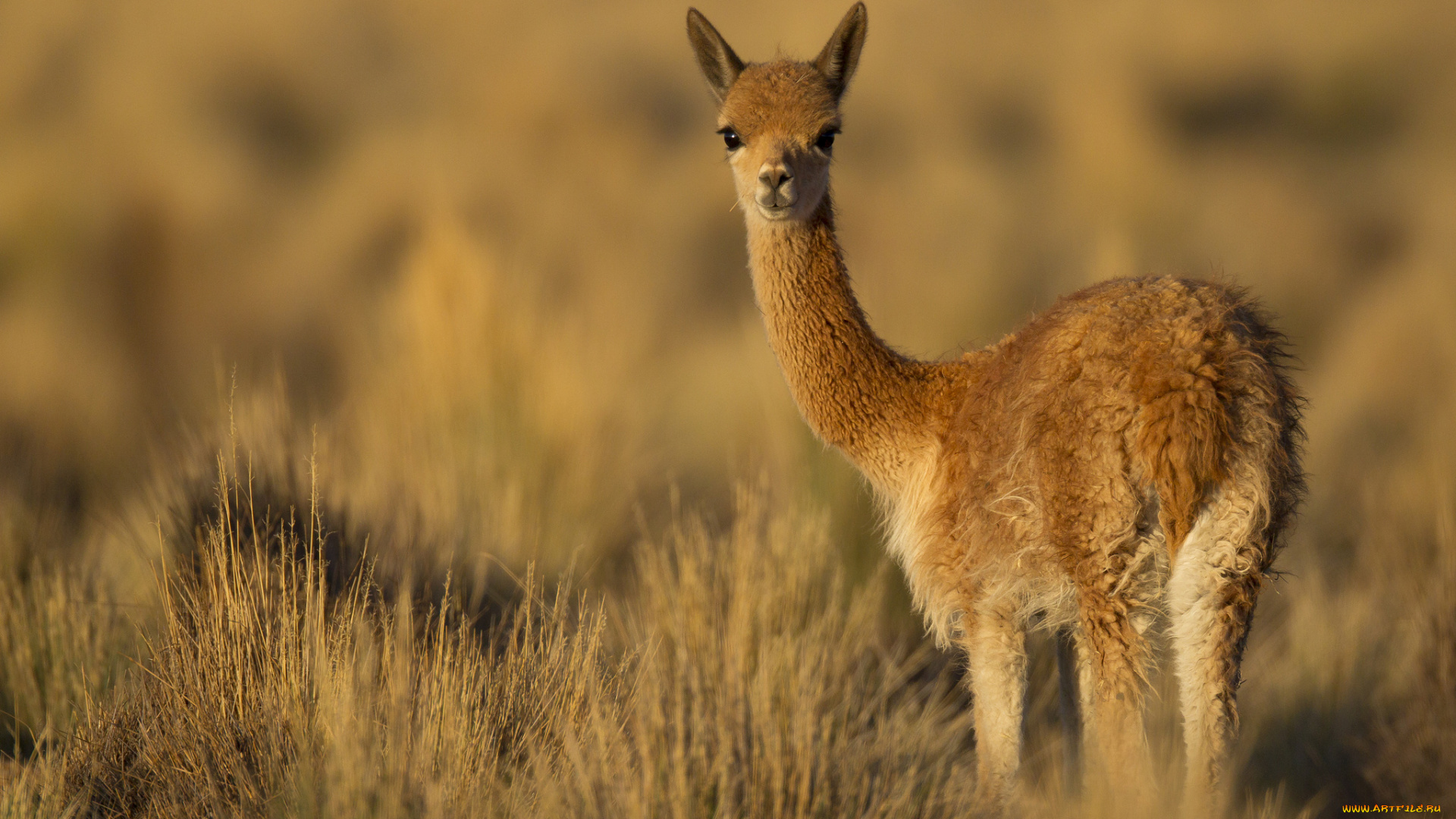Introduction to Vicunas
Vicunas (Vicugna vicugna) are remarkable animals native to the high Andes of South America, particularly in countries like Peru, Bolivia, Ecuador, and Chile. These graceful creatures are closely related to llamas and alpacas, and they are best known for their luxurious fleece and unique adaptations to their harsh mountainous habitat. Understanding vicunas offers insight into their ecological role, conservation status, and the cultural significance they hold in Andean communities.
Physical Characteristics of Vicunas
Vicunas are small, elegant camelids, standing about 80 to 90 centimeters (31 to 35 inches) at the shoulder and weighing between 40 to 65 kilograms (88 to 143 pounds). Their slender bodies are covered with a soft, fine wool that is lighter and warmer than sheep’s wool. The wool is often golden-brown, which helps them blend into their rocky surroundings. Vicunas have long, slender necks and large, expressive eyes, giving them a delicate appearance.

One of the most distinguishing features of vicunas is their long, slender legs, which are perfectly adapted for their high-altitude environment. These legs allow them to navigate steep and rocky terrain with ease. Additionally, vicunas have specialized adaptations in their lungs and blood that enable them to thrive in low-oxygen conditions typical of high altitudes, often found at elevations of 3,200 to 5,200 meters (10,500 to 17,000 feet).
Habitat and Distribution
Vicunas inhabit the arid, high-altitude grasslands, known as puna, where temperatures can fluctuate dramatically between day and night. These areas are characterized by sparse vegetation, consisting mainly of grasses and low shrubs. Vicunas are primarily found in the Andean regions of Peru, Bolivia, Chile, and Argentina.
Due to their preference for open spaces, vicunas are often seen grazing in herds. These social animals typically form small groups consisting of a dominant male, several females, and their young. The structure of these herds helps to protect the vicunas from predators, such as pumas and Andean condors, as they can alert each other to danger.
Diet and Feeding Behavior

Vicunas are herbivores, primarily grazing on grasses and other vegetation found in their puna habitat. They have a unique digestive system, featuring a three-chambered stomach that allows them to efficiently process their fibrous diet. Unlike domesticated camelids, vicunas do not have split upper lips, which allows them to grasp and pull grasses with precision.
Their foraging behavior is interesting; vicunas often feed during the cooler parts of the day, typically in the early morning and late afternoon. This behavior not only helps them avoid the harsh midday sun but also allows them to conserve water, as they obtain most of the moisture they need from the grasses they consume.
Reproduction and Lifespan
Vicunas have a polygynous mating system, with dominant males mating with multiple females during the breeding season, which typically occurs between March and May. After a gestation period of about 11 months, a single cria (baby vicuna) is born, usually in the spring or early summer when food is abundant. Newborn vicunas are precocial, meaning they can stand and walk shortly after birth, allowing them to keep up with the herd.
The young vicuna stays with its mother for about six months before becoming independent. Vicunas typically live for about 15 to 20 years in the wild, although those in captivity can live longer due to the absence of predators and consistent food supply.
Conservation Status

Once hunted for their exquisite wool, vicunas faced significant threats from overexploitation in the 20th century, leading to a drastic decline in their populations. However, thanks to concerted conservation efforts, vicunas have made a remarkable recovery. They are now classified as “Least Concern” by the International Union for Conservation of Nature (IUCN), although their populations remain vulnerable in certain regions.
In Peru, the government has established protected areas and implemented sustainable harvesting practices for vicuna wool, allowing for both conservation and economic benefits for local communities. The shearing of vicuna wool is regulated, and the process is conducted in a way that minimizes stress on the animals. This sustainable practice has helped to protect vicunas while providing income for Andean farmers.
Cultural Significance
Vicunas hold a special place in the cultural heritage of Andean peoples. Historically, they were revered by the Incas, who considered them sacred animals. Vicuna wool was so highly valued that it was reserved for the garments of Incan royalty. Today, vicuna wool is still considered one of the most luxurious fibers in the world, known for its softness, warmth, and lightweight qualities.
In many Andean communities, vicunas are also integral to local traditions and folklore. Festivals celebrating the vicuna and its wool are common, showcasing traditional weaving techniques and the importance of this animal to the region’s identity.
The Future of Vicunas

Looking ahead, the future of vicunas hinges on continued conservation efforts and sustainable practices. As climate change threatens their high-altitude habitats, it is crucial to monitor their populations and implement strategies to mitigate its impacts. Additionally, raising awareness about the importance of vicunas and their ecological role can help foster a sense of stewardship among local communities and beyond.
Efforts to promote ecotourism centered around vicunas can also provide economic benefits while encouraging the protection of these magnificent animals. By supporting sustainable practices and appreciating the vicuna’s unique place in nature and culture, we can ensure that future generations will continue to marvel at these elegant creatures.
Conclusion
Vicunas are not only an ecological marvel but also a cultural treasure of the Andes. Their adaptation to high-altitude life, social structures, and the significance they hold for local communities make them a subject of great interest. With continued conservation efforts, the future of vicunas looks promising, ensuring that these elegant animals remain a vital part of South America’s rich biodiversity. As we deepen our understanding of vicunas, we can better appreciate their role in our world and the importance of protecting the delicate ecosystems they inhabit.
4o mini



